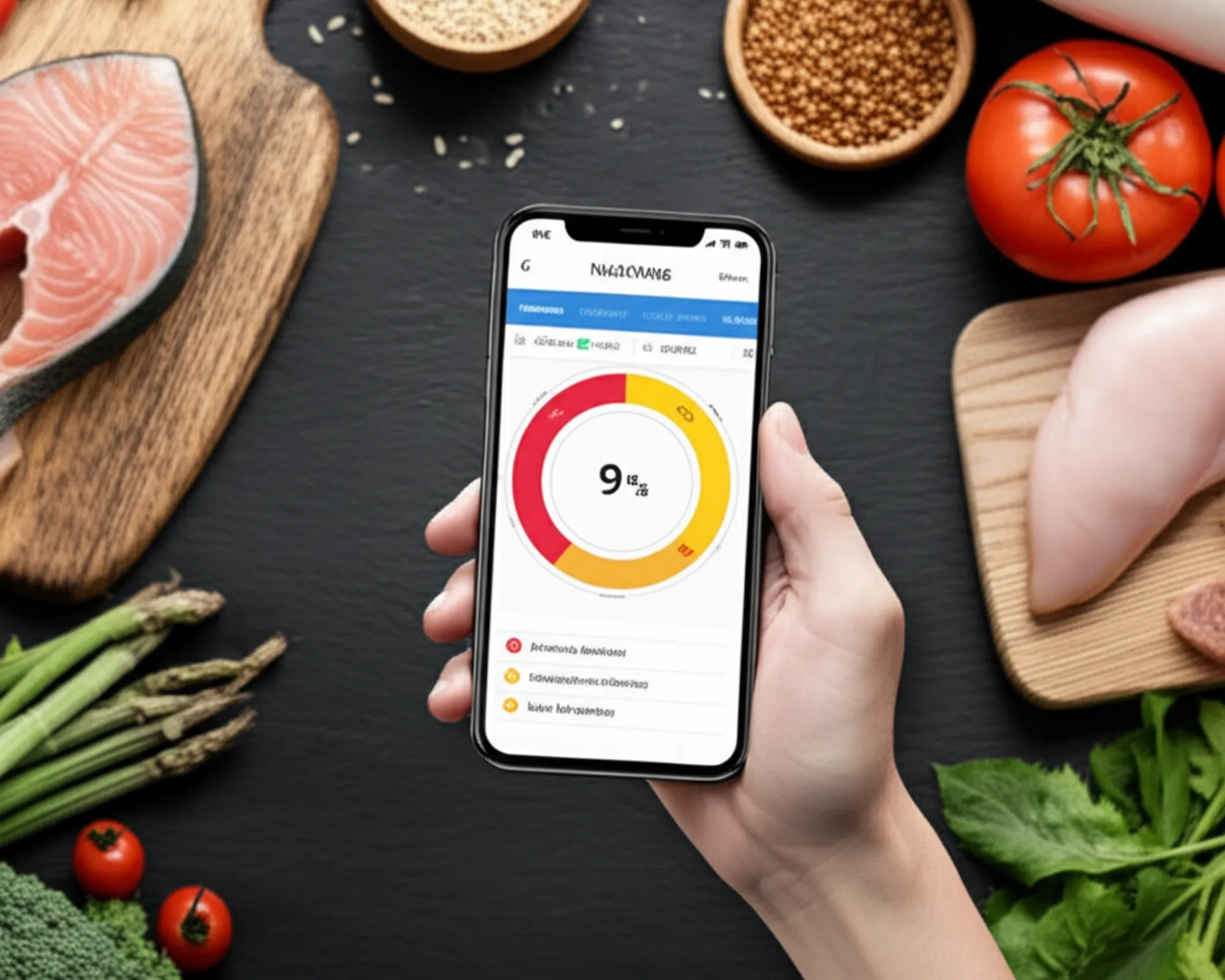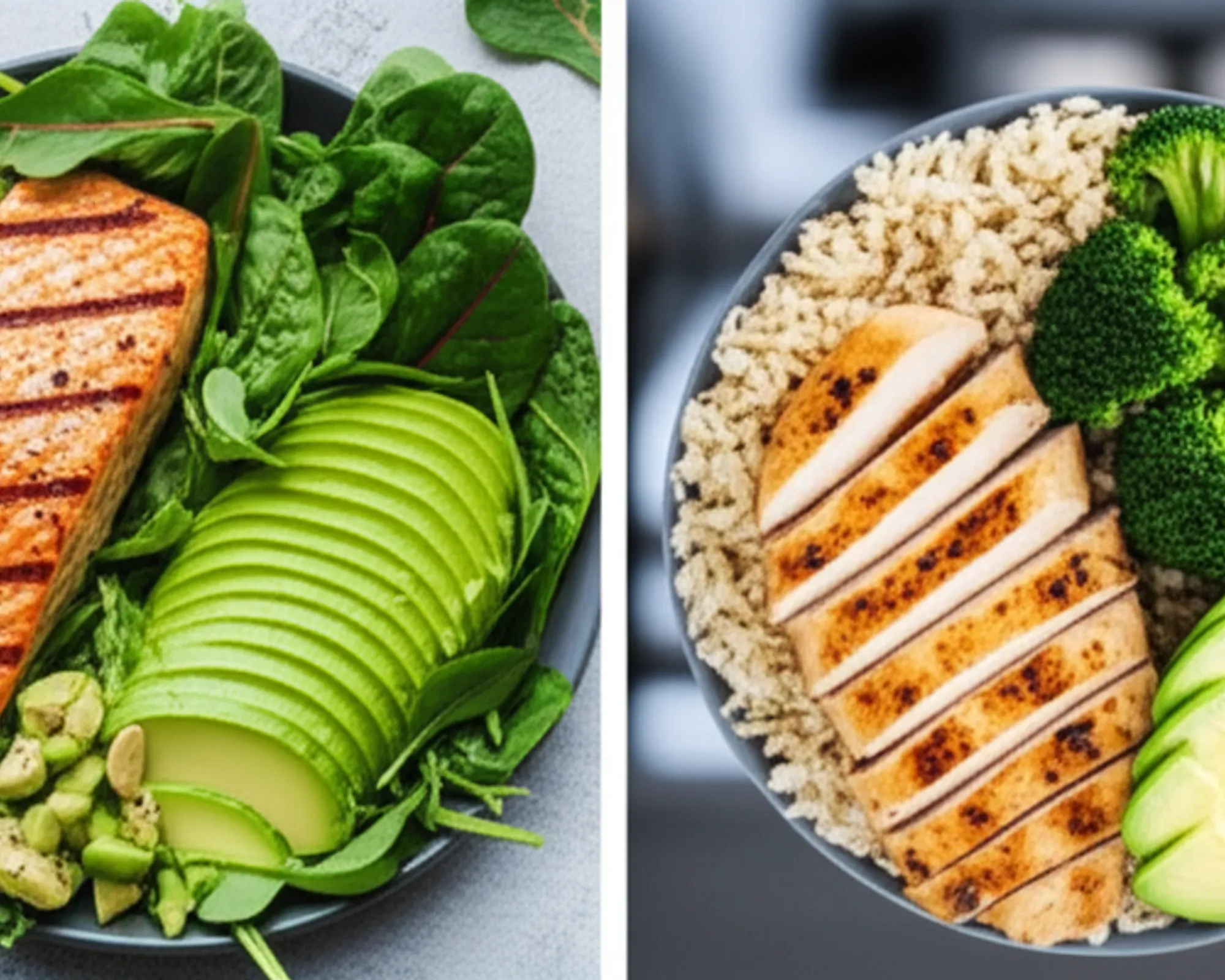Macros vs Calories: What’s More Important in the Gym?

Calories: The Energy Currency of Life
At its core, a calorie is a unit of energy. Specifically, it's the amount of energy required to raise the temperature of one gram of water by one degree Celsius. In the context of nutrition, calories represent the energy stored in the food we consume, which our bodies then utilize for every single biological function—from breathing and thinking to lifting heavy weights and repairing muscle tissue. Your body needs a certain number of calories just to maintain its basic functions (your Basal Metabolic Rate or BMR), plus additional calories for physical activity, digestion, and daily tasks (leading to your Total Daily Energy Expenditure or TDEE).
The fundamental principle of weight management hinges on caloric balance:
- Caloric Deficit: Consuming fewer calories than you burn leads to weight loss, as your body taps into stored energy (fat and sometimes muscle) to make up the difference.
- Caloric Surplus: Consuming more calories than you burn leads to weight gain, as your body stores the excess energy, primarily as fat, but also for muscle growth when combined with resistance training.
- Caloric Maintenance: Consuming roughly the same number of calories as you burn results in stable weight.
Without addressing your total caloric intake, any attempt to manipulate body composition will likely be futile. You simply cannot gain muscle without sufficient energy, nor can you lose fat effectively without creating a deficit. Calories are the undeniable foundation upon which all other nutritional strategies are built.
Macronutrients: The Building Blocks and Fuel Types
While calories tell us how much energy we're consuming, macronutrients tell us where that energy is coming from and what specific roles it will play. Macronutrients—protein, carbohydrates, and fats—are the three primary components of food that our bodies need in large quantities. Each provides a different amount of calories per gram and serves unique, vital functions.
Protein: The Muscle Master
Protein is arguably the most crucial macronutrient for anyone hitting the gym. Composed of amino acids, it's the fundamental building block for virtually every tissue in your body, including your muscles, organs, hair, and nails. Protein provides approximately 4 calories per gram. For gym-goers, its importance is multifaceted:
- Muscle Repair and Growth: After a challenging workout, protein helps repair the microscopic tears in muscle fibers and facilitates the synthesis of new muscle tissue (hypertrophy).
- Satiety: Protein is highly satiating, helping you feel fuller for longer, which can be invaluable during a caloric deficit.
- Metabolic Boost: The body expends more energy digesting protein than it does carbs or fats (the Thermic Effect of Food, or TEF).
Adequate protein intake is essential for preventing muscle loss during weight loss and maximizing muscle gain during a bulk. Aiming for 0.7-1.0 gram of protein per pound of body weight is a common recommendation for active individuals.
Carbohydrates: The Energy Engine
Often demonized, carbohydrates are your body's preferred and most efficient source of energy, providing 4 calories per gram. They are broken down into glucose, which is then used directly for fuel or stored as glycogen in your muscles and liver.
- Workout Performance: Glycogen stores are critical for high-intensity exercise, allowing you to push harder and longer in the gym.
- Recovery: Replenishing glycogen after workouts is vital for recovery and preparing for your next session.
- Brain Function: Your brain primarily runs on glucose, so adequate carb intake supports cognitive function and mood.
For those engaging in regular, intense training, sufficient carbohydrate intake is paramount for optimizing performance and avoiding fatigue. The type of carbohydrates (complex vs. simple) can also influence energy release and nutrient density.
Fats: The Hormone Regulator and Long-Term Fuel
Dietary fats, providing 9 calories per gram, are often misunderstood but are absolutely vital for health and performance.
- Hormone Production: Fats are precursors to many hormones, including testosterone, which is critical for muscle growth and recovery.
- Nutrient Absorption: They facilitate the absorption of fat-soluble vitamins (A, D, E, K).
- Cell Function: Fats are integral components of cell membranes.
- Satiety and Energy: They contribute to satiety and provide a concentrated, long-burning energy source.
While excessive fat intake can quickly lead to a caloric surplus due to its high energy density, a minimum intake (typically 20-30% of total calories) is non-negotiable for overall health and hormonal balance.
The Symbiotic Relationship: Why You Can't Have One Without the Other
It’s clear that both calories and macronutrients are essential, and they aren't in competition but rather in a synergistic relationship. Think of it this way: calories are the total budget you have to spend on food, while macronutrients are the categories you allocate that budget to. You could meet your calorie target by eating nothing but candy, but you wouldn't get the protein for muscle repair, the complex carbs for sustained energy, or the healthy fats for hormonal balance. This is where the concept of "empty calories" comes in—foods high in calories but low in beneficial macros and micronutrients.
Conversely, even if you eat perfectly balanced macros, if your total calorie intake is too low for your goals, you won't build muscle; if it's too high, you'll gain unwanted fat. While "a calorie is a calorie" in terms of raw energy, the source of those calories (i.e., the macronutrient composition) profoundly impacts body composition, satiety, performance, and long-term health. Eating 2000 calories of lean protein, vegetables, and whole grains will yield vastly different results than 2000 calories of highly processed junk food, even if the total energy is the same.
Goals Dictate Priorities
The relative importance of closely monitoring calories versus macros can shift depending on your specific fitness goals:
- For Weight Loss: A caloric deficit is paramount. If you don't achieve this, fat loss won't happen. However, a high protein intake (part of your macro strategy) becomes crucial for preserving lean muscle mass during this deficit and keeping you satiated.
- For Muscle Gain (Bulking): A caloric surplus is non-negotiable. Without enough energy, your body simply won't have the resources to build new muscle tissue. Alongside this, sufficient protein intake is vital for muscle protein synthesis, and adequate carbohydrates are needed to fuel intense workouts and replenish glycogen stores.
- For Athletic Performance: While total calories must meet energy demands, the distribution of macronutrients becomes highly specific. Carbohydrates take center stage to fuel high-intensity efforts and endurance. Protein is still essential for recovery and repair, and healthy fats support overall physiological function.
Beyond the Numbers: Quality and Context
While tracking calories and macros provides an excellent framework, it's also important not to lose sight of food quality and context. Micronutrients (vitamins and minerals), fiber, and phytonutrients all contribute to overall health and how your body processes and utilizes macronutrients. Prioritizing whole, minimally processed foods that are rich in these elements will always complement your macro and calorie strategy, leading to better results and improved well-being.
Practical Application: How to Approach Your Nutrition
For most active individuals, a balanced approach yields the best results:
- Determine Your Caloric Needs: Start by calculating your TDEE and adjusting for a deficit (for fat loss) or surplus (for muscle gain).
- Set Your Protein Target: Prioritize protein intake (e.7-1.0g per lb of body weight) to support muscle maintenance or growth.
- Fill with Carbs and Fats: Allocate the remaining calories to carbohydrates and fats based on your training intensity, personal preferences, and how your body responds. Higher training volume often warrants higher carb intake.
- Track and Adjust: Use a food tracking app for a period to gain awareness. Monitor your progress (weight, measurements, strength) and adjust your calorie and macro targets as needed.
Conclusion: It's Not Either/Or, It's Both
So, what's more important in the gym: macros or calories? The answer is unequivocally: both. Calories provide the necessary energy balance to drive weight change, while macronutrients dictate the quality, source, and specific roles of that energy, profoundly influencing body composition, performance, and overall health. You can't ignore one in favor of the other and expect optimal results. For true progress, embrace a holistic approach where you understand your total energy needs (calories) and intelligently distribute that energy through the right balance of protein, carbohydrates, and fats (macros). This synergistic strategy is the most powerful tool you have for transforming your body and maximizing your potential in the gym and beyond.


